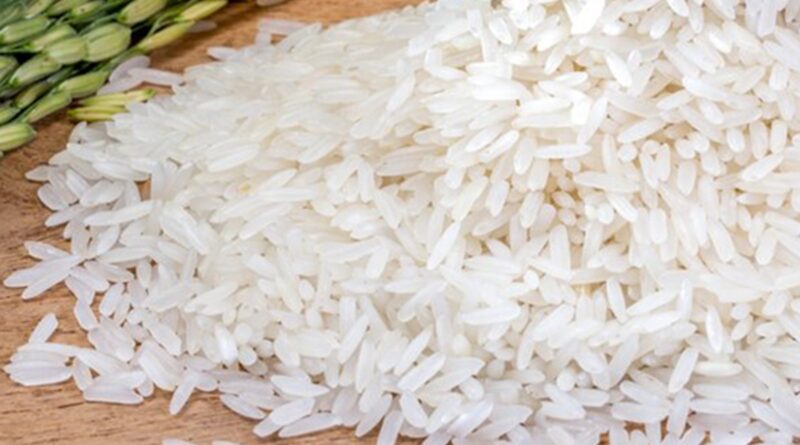Between basmati and non-basmati; Latter suffered more due to export curbs.
By Sanjeeb Mukherjee
As a panel of senior ministers deliberates on the need to review the curb on exports of different rice varieties, data shows that since the outbound shipments were curbed in August last year, the non-basmati segment has suffered more than the basmati exports.
Sources said a panel is expected to soon deliberate on a few suggestions to ease the export curbs due to higher-than-required rice stocks in the central pool.
The panel, some observers opine, might also postpone the decision to ease the export curbs till a firm picture emerges on the latest kharif paddy sowing while at the same time liquidating some of the inventories for the domestic market.Already, the central government has announced the restart of the open market sale scheme for rice from next month and it has also allowed states to buy rice from it without participating in any tender.
The rice will be sold at a fixed price of Rs 28 per kg. This decision will enable many states, particularly those in southern India, to restart their own food grains programme.Apart from this, there is also the possibility that the delivery of surplus FCI rice for ethanol, which has been kept in abeyance for several months, might be resumed.
This is also because grain-based ethanol makers have been pressing the government to resume the cheap rice supplies from FCI godowns for the ethanol programme, threatening to shut down their plants otherwise.
They contend that after the latest increase in paddy MSP for the 2024-25 marketing season, maize prices have risen to almost Rs 26-27 per kg from around Rs 22-23 per kg, while there has not been a corresponding rise in the price at which ethanol produced from maize is purchased.
Rice stocks in the central pool on July 1 were around 56.31 million tonnes, which is almost 16 per cent more than the stocks on the same date last year.
The rice stocks are also significantly higher than the buffer stock norms.Sources said the panel of ministers, among other things, could consider a proposal to lower the minimum export price of basmati rice to $850 per tonne from the current $950 per tonne, allow the export of raw rice with a minimum export price of $500 per tonne, and finally allow some exports of premium rice varieties like ‘sona masuri’ and ‘Gobind bhog’.
While the panel will take a final call on whether there is a need to ease the curbs, data sourced from private traders show that after the exports were curbed in August 2023 until June 2024, parboiled rice exports dipped by almost 19.4 per cent compared to the same period last year, while the per unit average realisation on parboiled rice has been on the higher side.When it came to raw rice, the data showed that exports slumped by almost 90 per cent in volume terms as literally nothing went out of the country between August 2023 and June 2024.
As far as basmati rice is concerned, data shows that India shipped around 5.21 million tonnes of basmati rice since the curbs were imposed in August 2023 until June 2024, which was over 15 per cent more than the same period last year.
The per unit realisation too during this period was better for basmati compared to the same period last year.Therefore, the curbs on exports seem to have hurt non-basmati traders more than their basmati counterparts.
In the case of non-basmati rice players, the market stability depends on a stable export regime and regular shipments, while basmati has a niche global market.Meanwhile, the United States Department of Agriculture (USDA) in a report released in May 2024 said that despite restrictions, India will continue to remain a leading player in the world rice market, accounting for almost 18 million tonnes of rice exports in 2024-25, which is around two million tonnes higher than 2023-24.
It said though India’s rice exports will be a sizeable chunk of the global trade, it will still be much lower than the record 22 million tonnes of exports that India managed in the 2021-22 financial year.
On the world rice markets, the USDA said that the global rice outlook for 2024-25 is of rising supplies, trade, consumption, and ending stocks.Supplies increase year to year on record production at 527.6 million tonnes that more than offsets lower beginning stocks.The record global crop is primarily driven by increases for India, China, Bangladesh, and Indonesia.
Global consumption is projected at a record 526.4 million tonnes, mostly on higher use by India, the Philippines, Indonesia, and Bangladesh, offsetting a reduction for China.
“With production and consumption gains projected in many of the same countries, global trade is forecast up only slightly at 53.8 million tonnes, still lower than levels of trade before India first imposed restrictions on rice exports in 2022,” the USDA said.
This article has been republished from The Business Standard.

